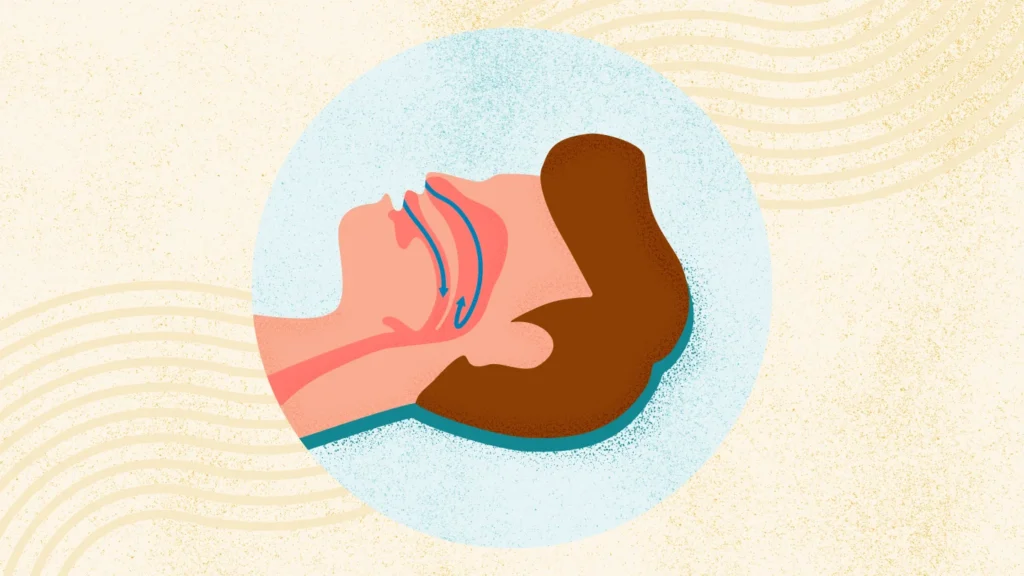The Evolution of Mouthpieces for Sleep Apnea and Snoring
Sleep apnea and snoring are common sleep disorders that affect millions of people worldwide. Both conditions can have serious health consequences if left untreated, including fatigue, high blood pressure, and heart disease. One of the most effective treatments for sleep apnea and snoring is the use of a mouthpiece, also known as an oral appliance. In this blog post, we will explore the evolution of mouthpieces for sleep apnea and snoring and how they have become an essential tool in managing these sleep disorders.
The Early Days of Mouthpieces
The use of mouthpieces for sleep apnea and snoring can be traced back to ancient civilizations. Records show that the ancient Egyptians and Greeks used mouth guards made of animal skin to prevent snoring. These early versions of mouthpieces were designed to hold the tongue in place, preventing it from blocking the airway during sleep. However, these primitive mouthpieces were not very effective and often caused discomfort for the user.
The 20th Century
It wasn’t until the 20th century that the use of mouthpieces for sleep apnea and snoring gained popularity. In the 1930s, Dr. George Catlin, an American physician, invented the first oral appliance for snoring. This device, known as the “Catlin’s Snore Guard,” was made of metal and designed to keep the jaw in a forward position, preventing the soft tissues at the back of the throat from collapsing and causing snoring. While the Snore Guard was a significant advancement in the treatment of snoring, it was not widely used due to its uncomfortable design.
In the 1980s, Dr. Colin Sullivan, an Australian physician, made a breakthrough in the treatment of sleep apnea with the invention of continuous positive airway pressure (CPAP) therapy. This treatment involves wearing a mask connected to a machine that delivers a continuous flow of air through the nose and mouth, keeping the airway open during sleep. While CPAP is still considered the gold standard for treating sleep apnea, it is not suitable for everyone due to its high cost and discomfort.

The Evolution of Mouthpieces for Sleep Apnea and Snoring
Modern Mouthpieces
In recent years, there has been a significant shift towards more comfortable and cost-effective solutions for sleep apnea and snoring, leading to the development of modern mouthpieces. These devices are now made of soft, flexible materials, making them more comfortable to wear than their earlier counterparts. They are also custom-made to fit each individual’s mouth, ensuring a more precise fit and better treatment outcomes.
One type of modern mouthpiece is the mandibular advancement device (MAD), which works by holding the jaw in a forward position, preventing the tongue and soft tissues at the back of the throat from blocking the airway. MADs are adjustable, allowing for a more personalized fit and comfort for the user. They are also more affordable than CPAP therapy, making them a popular alternative for managing sleep apnea.
Another type of mouthpiece is the tongue-retaining device (TRD), which works by holding the tongue in place, preventing it from falling back and blocking the airway. TRDs are often recommended for patients with mild to moderate sleep apnea and are also more comfortable and affordable than CPAP therapy.
The Future of Mouthpieces
As technology continues to advance, so does the evolution of mouthpieces for sleep apnea and snoring. In recent years, there has been an increase in the use of 3D printing technology to create custom-made oral appliances for patients. This method allows for a more precise fit and faster production, making it a promising option for the future of mouthpieces.
Additionally, researchers are exploring the use of electronic mouthpieces that can monitor breathing patterns and adjust the airway accordingly. This technology has the potential to improve treatment outcomes and make managing sleep apnea and snoring even more convenient for patients.
In conclusion, the evolution of mouthpieces for sleep apnea and snoring has come a long way from its ancient origins to the modern, comfortable, and effective devices we have today. With ongoing advancements and research, we can only expect these devices to become even more efficient and accessible in the future, providing relief for those suffering from these sleep disorders.
